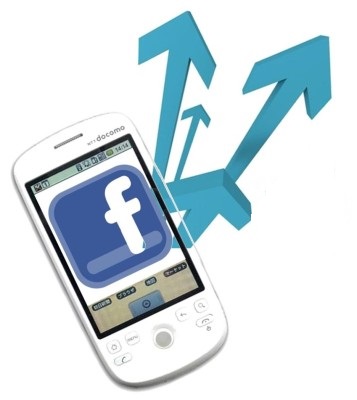Still, shoppers in the millennial generation have yet to be sold on the concept and aren’t yet buying into it.
Social media has been playing an ever growing role in mobile commerce trends when it comes to its impact on consumers as a whole, but when looking at specific demographics, it becomes rapidly clear that millennials aren’t yet all that impressed with what smartphone based shopping has to offer through social platforms.
When it comes to the drivers behind the growth of m-commerce, social media has been highly important.
Brands have been sending a considerable portion of their marketing budgets toward branded content, native advertising and overhauling their mobile apps to improve the experience of shoppers who are continually on the go. That said, there is a considerable difference in the impact of these mobile commerce trends on millennials than there is on shoppers from other age groups. This appears to suggest that the way that millennials want to interact with a brand and the way brands expect them to want to interact with them has not entirely aligned.
Millennial mobile commerce trends show that brands and individuals appear to have different expectations.
 The disconnect appears to lie in the place that millennials actually engage with m-commerce. According to recent data from BI Intelligence, consumers in that age group will use those platforms for researching products and services. This appears to be a strong preference over making a purchase through a mobile app.
The disconnect appears to lie in the place that millennials actually engage with m-commerce. According to recent data from BI Intelligence, consumers in that age group will use those platforms for researching products and services. This appears to be a strong preference over making a purchase through a mobile app.
The BI Intelligence GlobalWebIndex study has indicated that shoppers in the millennial generation will use Twitter, Facebook and other social media outlets for looking into products before making a purchase. However, they do not actually make those purchases over mobile commerce channels.
The mobile commerce trends revealed by the study include the estimate that 40 percent of global consumers between the ages of 16 and 24 years old are looking into products via social media. That said, 30 percent of the general population are doing so. Social media is not behaving as a direct product purchasing referral but is instead providing a means through which consumers can educate themselves. Brands that want to encourage purchasing may not find that millennial shoppers are buying through the same platforms they use for their product research, but they will still need to maintain a solid presence over those channels if they want to appeal to those consumers, with Facebook providing the most important influence over shopper decision making.

 The drivers who were paying attention to a
The drivers who were paying attention to a 